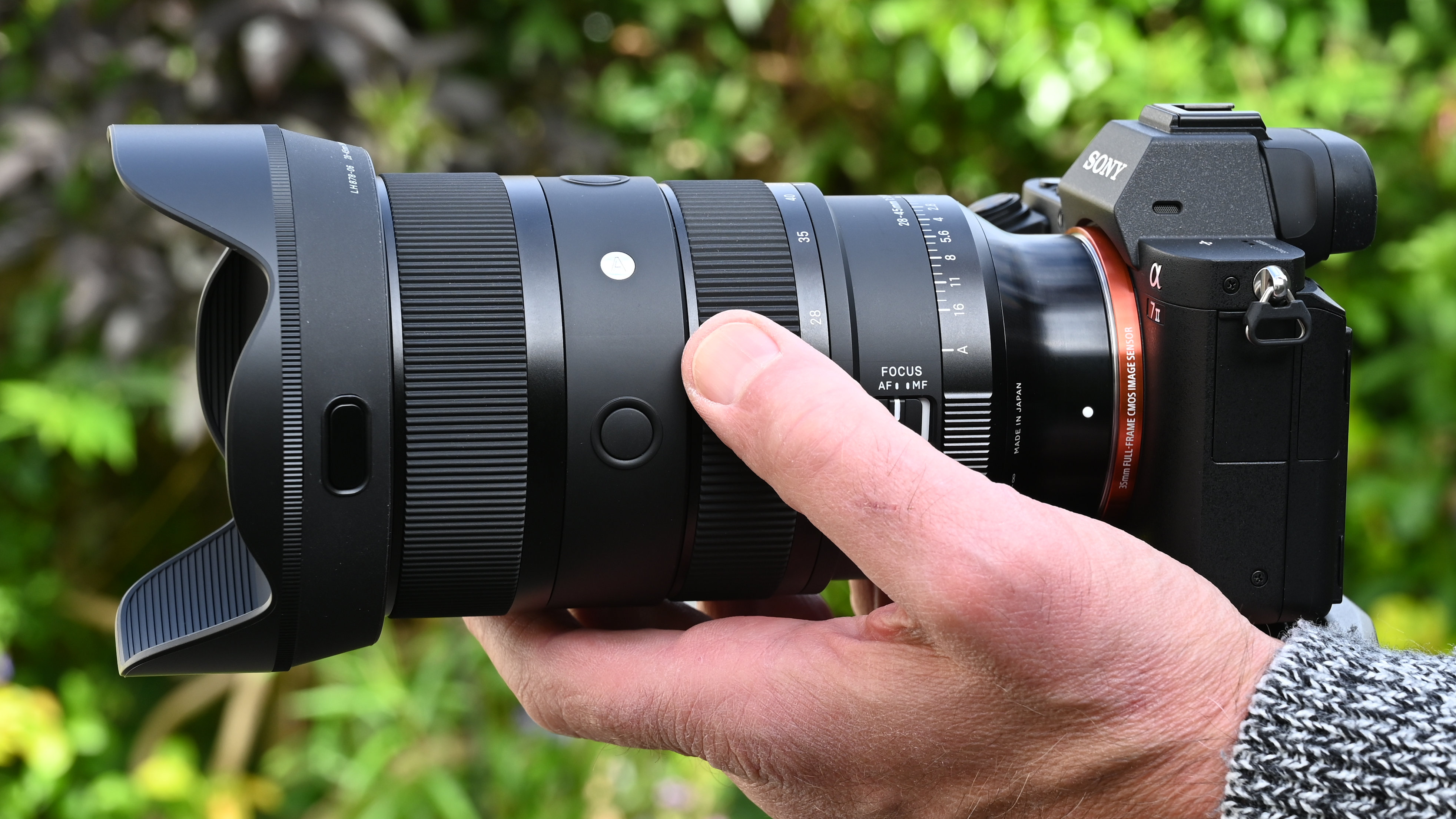
Sigma offers a diverse range of lenses in its ‘Global Vision’ Art, Sports, and Contemporary line-ups, aiming to offer ideal solutions to all sorts of photographers who are into every conceivable genre of photography. As an ‘Art’ lens, the 28-45mm F1.8 puts creative expression and excellence of image quality front and center of its design ethos.
Indeed, Sigma claims it delivers comparable sharpness and clarity to that of a prime lens, throughout its entire zoom range. The outright zoom range might seem fairly limited but it covers popular prime focal lengths of 28mm, 35mm, and (very nearly) 50mm.
As such, this Sigma aims to be a zoom lens that effectively replaces three top-grade primes. That’s not exactly news to me, as I remember the same claims being made of the Sigma 24-35mm F2 DG HSM Art for DSLRs, which was launched back in the summer of 2015. Although it’s the first constant-aperture f/1.8 lens for full-frame cameras, there was also the Sigma 18-35mm F1.8 DC HSM Art for APS-C format DSLRs, dating back even further to 2013.
Even so, the 28-45mm breaks new ground and I feel it’s a very tempting proposition for those of us who tend to shoot at modest wide-angle to standard focal lengths, without venturing into telephoto territory. The fast aperture rating enables a tight depth of field and quick shutter speeds for freezing motion, even under very gloomy lighting conditions.
All in all, the Sigma 28-45mm aims to take up residence as one of the best lenses for Sony and the best lenses for L-mount cameras.
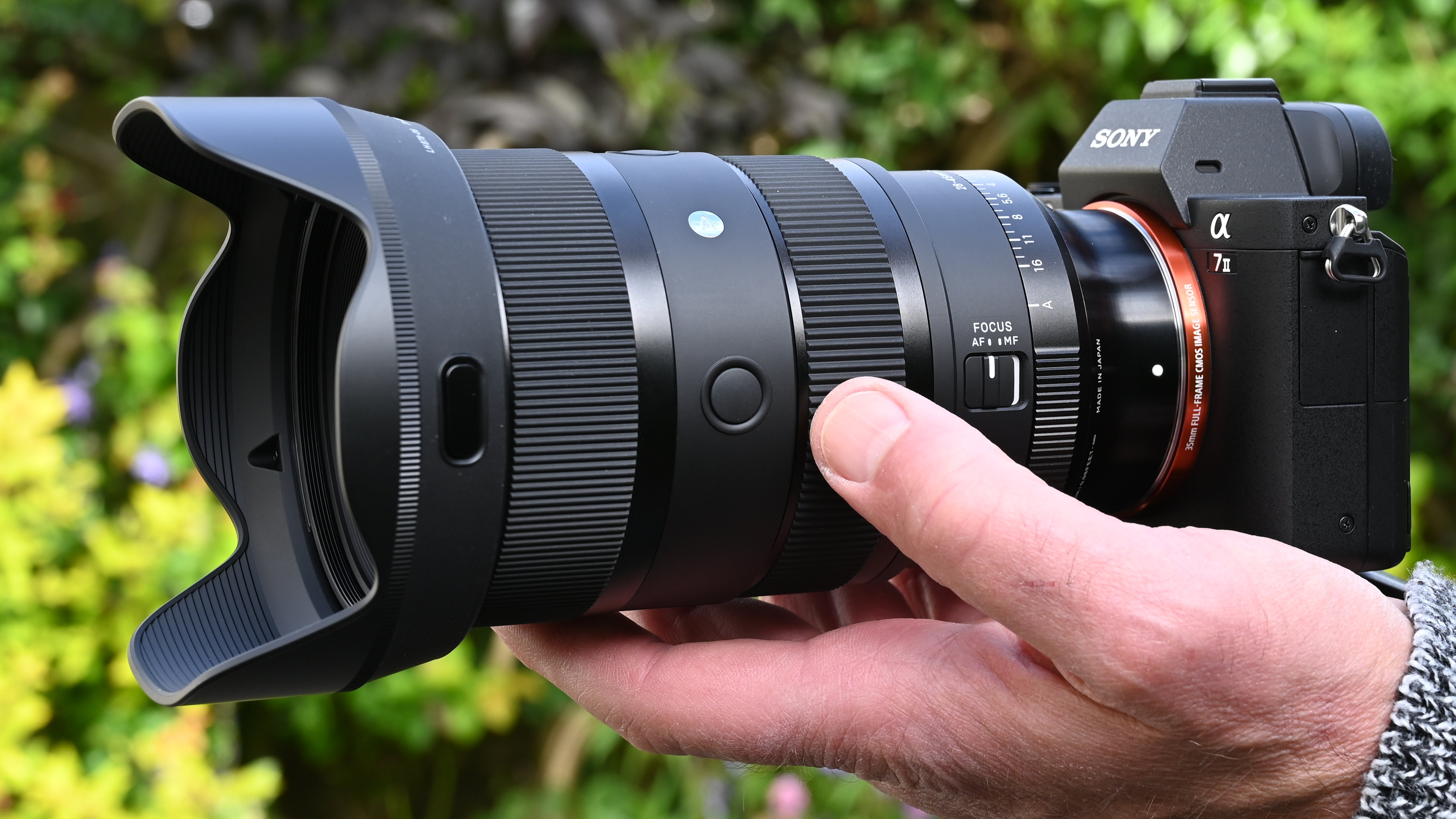
Sigma 28-45mm F1.8 DG DN Art: Specifications
Sigma 28-45mm F1.8 DG DN Art: Price
The launch price of $1,349 / £1,299 seems pretty reasonable to me, considering the fast and constant f/1.8 aperture. The price tag is in the same ballpark as the Sigma 24-70mm F2.8 DG DN II Art, which costs $1,199/£1,179 and, although the 28-45mm has a less generous zoom range, it’s naturally 1.33 f/stops faster throughout.
For a further price comparison, the Canon RF 28-70mm F2L USM zoom which is only a third of an f/stop slower (and again has a more generous zoom range) is very much more expensive at around $3,099 / £3,299 – getting on for three times the price. The Canon is also nearly 50 percent heavier, at 1,430g compared with the Sigma’s 960g. The Sigma’s modest zoom range pays dividends on both counts.
Sigma 28-45mm F1.8 DG DN Art: Design & Handling
At the heart of the Sigma 28-45mm is some impressive glass. There are 18 optical elements in total, including three aspherical elements and five SLD (Special Low Dispersion) elements, the combination aiming to maximize clarity and sharpness while minimizing aberrations like color fringing. The fast and constant f/1.8 aperture demands some wide-diameter elements towards the front but the HLA (High-response Linear Actuator) motor that drives autofocus moves relatively small inner elements with an impressive turn of speed.
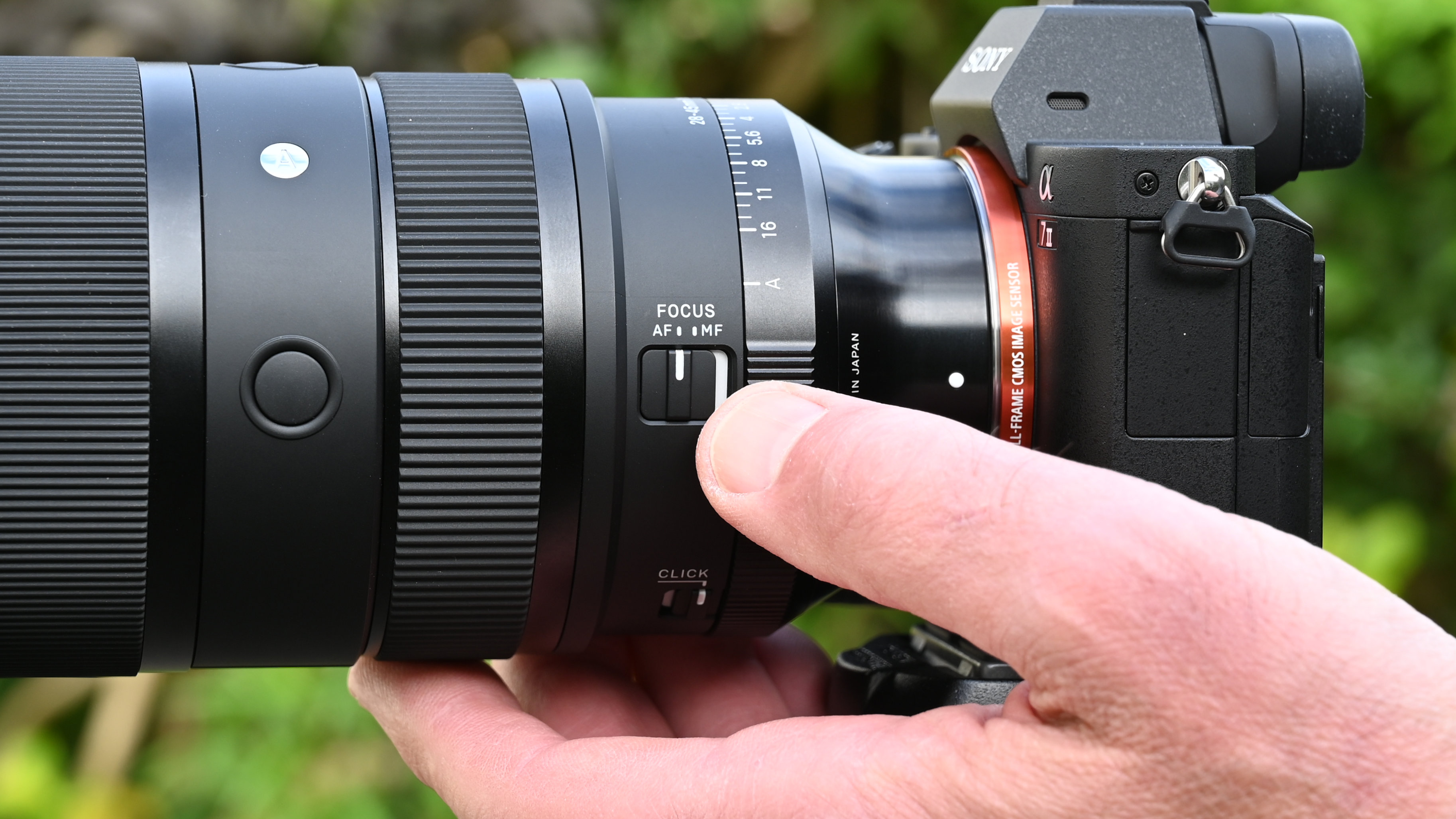
As well as fast autofocus for stills, there’s smooth and virtually silent autofocus for shooting video. The latter benefits from negligible focus breathing. For the L-mount version of the lens, Sigma’s optional USB Dock (sold separately) also enables you to customize the rotational travel for manual focusing, between 90 degrees and 720 degrees, That’s a further bonus for focus-pulling when shooting video, and there’s more... The lens features an aperture control ring with one-third f/stop clicks, plus a locking switch for its Auto position and a de-click switch for step-less control during video capture.
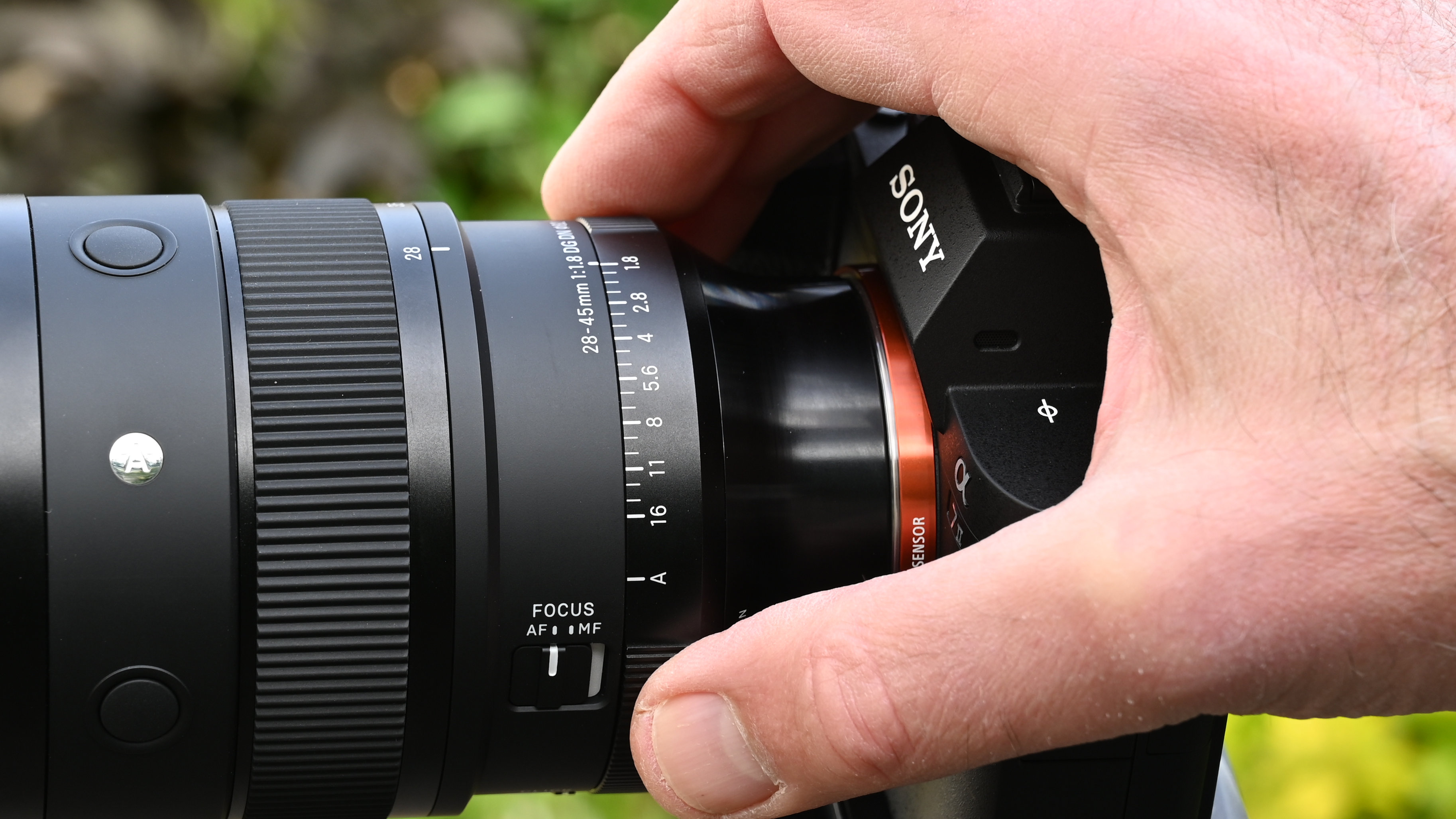
Two function buttons are fitted, nominally for autofocus hold, so they fall neatly under the thumb in both landscape and portrait orientation compositions. Typically, Sony and L-mount cameras enable you to customize the action of these buttons for alternative functions, if there’s something on the menu that you find to be more useful.
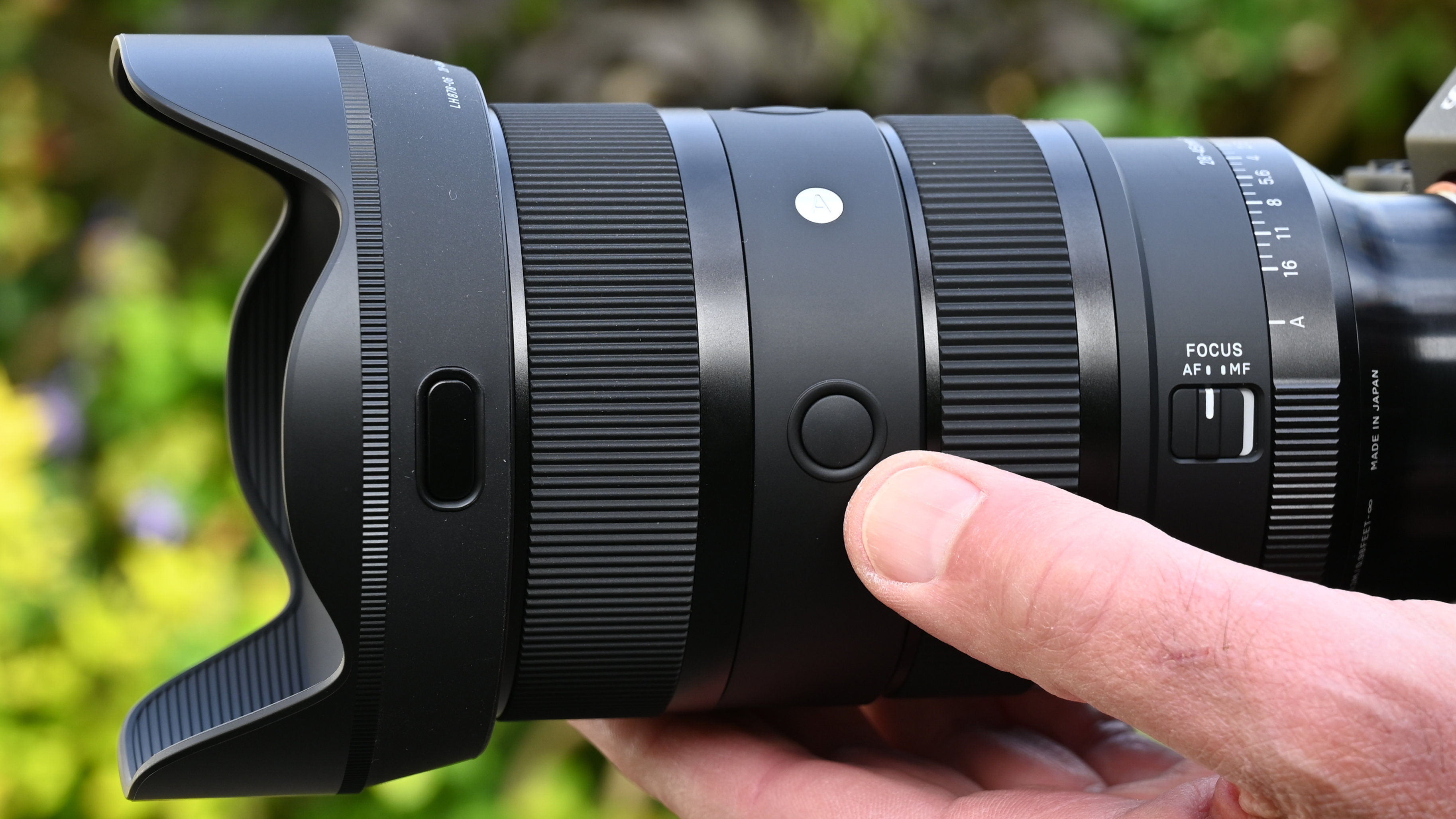
I like that the lens features both internal zoom and internal focus mechanisms, so the overall length remains fixed in all conditions. Not only does it avoid air (and potentially dust and moisture) being sucked into the barrel, but the constant center of gravity is a bonus when using a tripod or gimbal. The lens also features extensive weather seals and a moisture/oil-repellant fluorine coating on its front element.
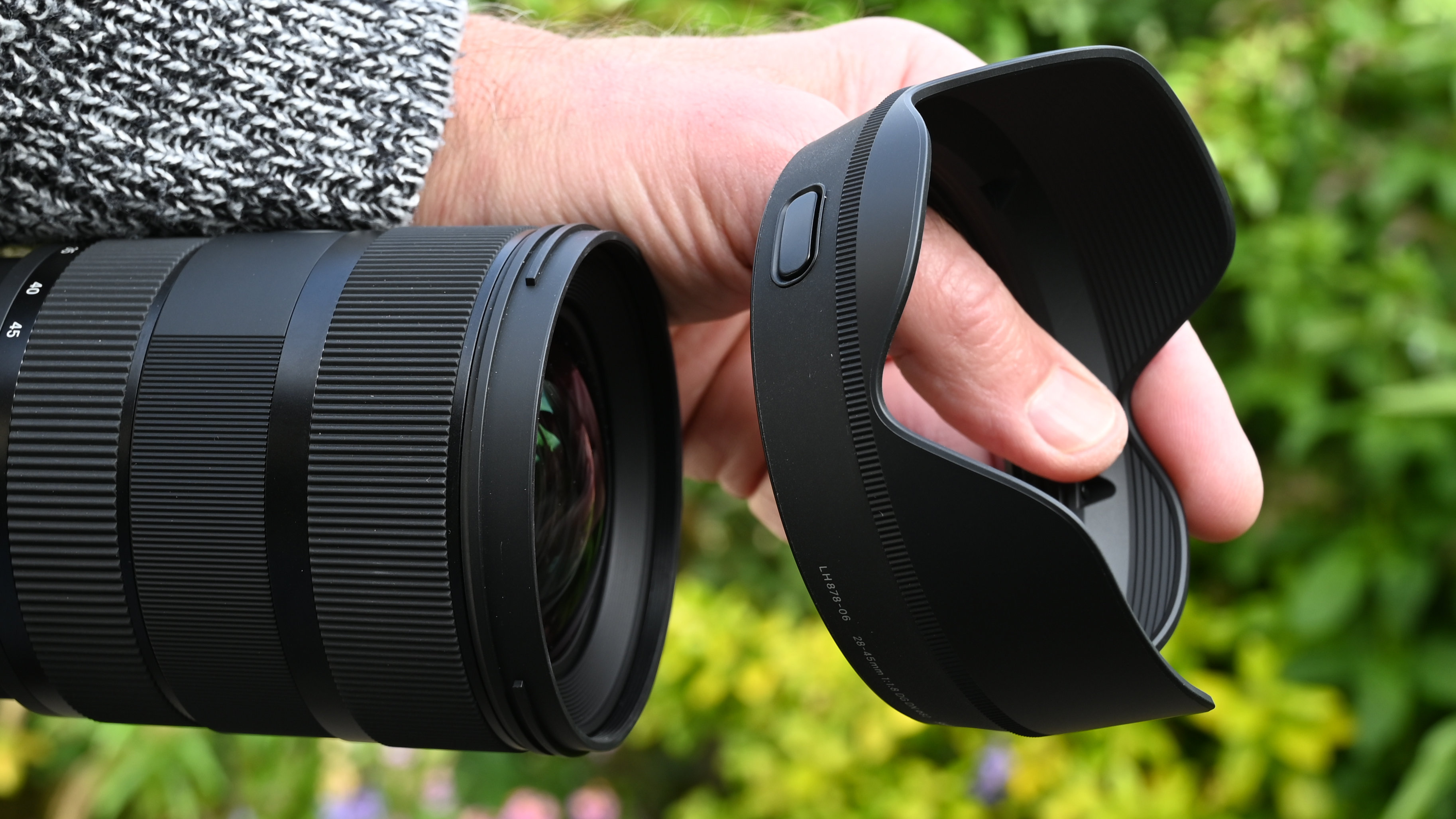
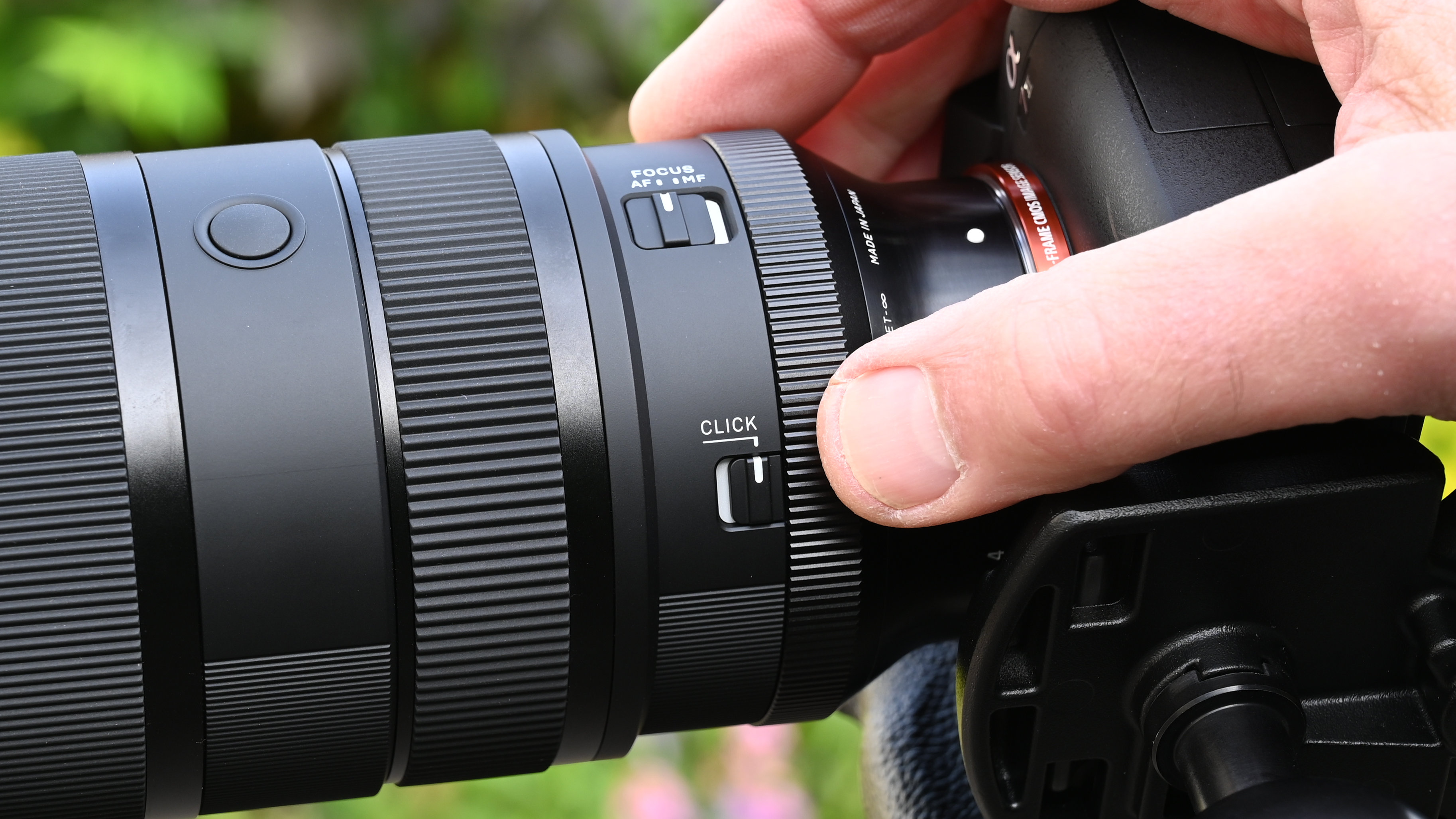
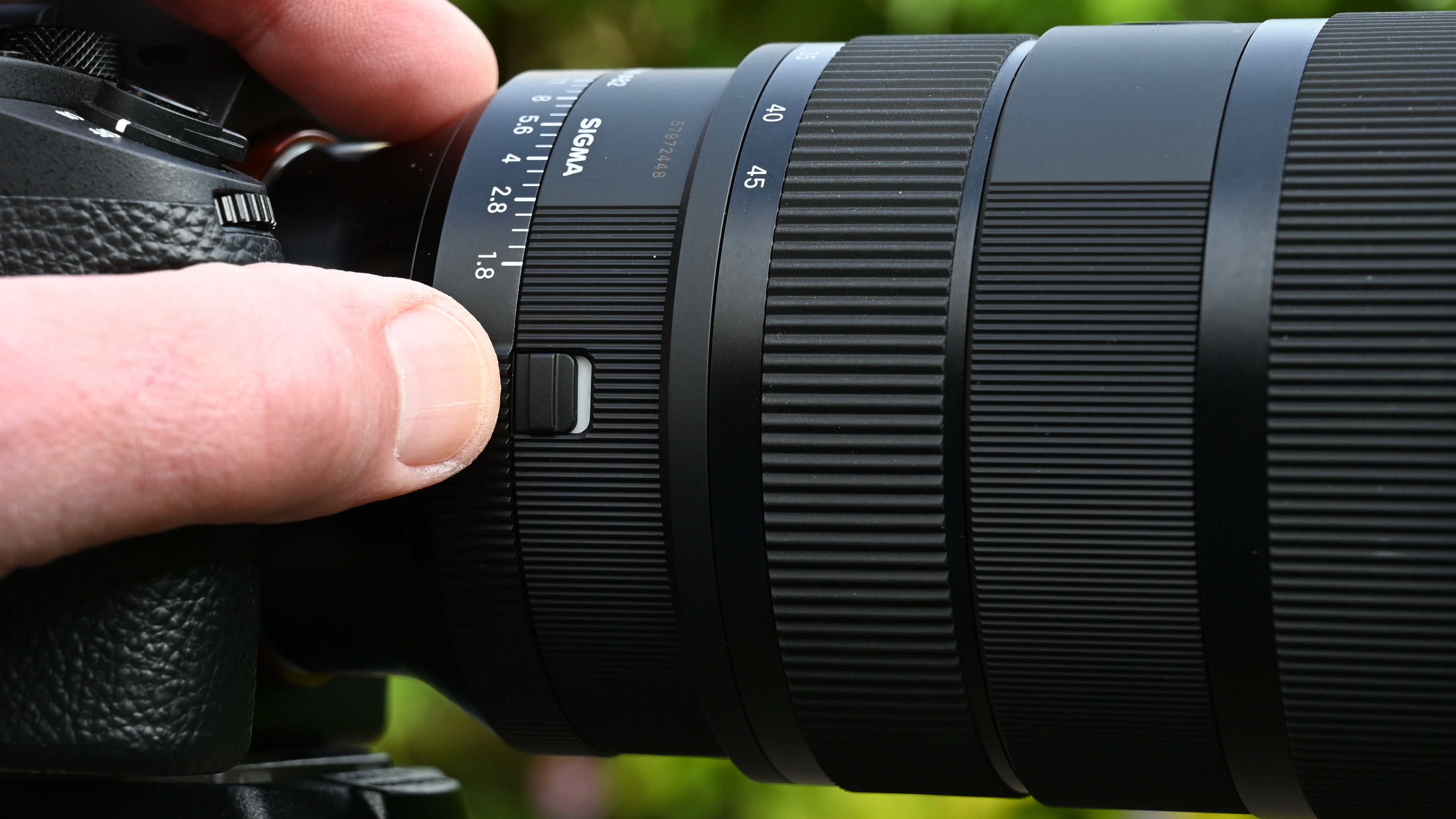
Sigma 28-45mm F1.8 DG DN Art: Performance
The goal of any fast lens is the combination of good sharpness and clarity with smooth bokeh. The Sigma 28-45mm performs excellently on both counts. Sharpness is highly impressive across the entire image frame, even when shooting wide-open at f/1.8, throughout the whole zoom range.
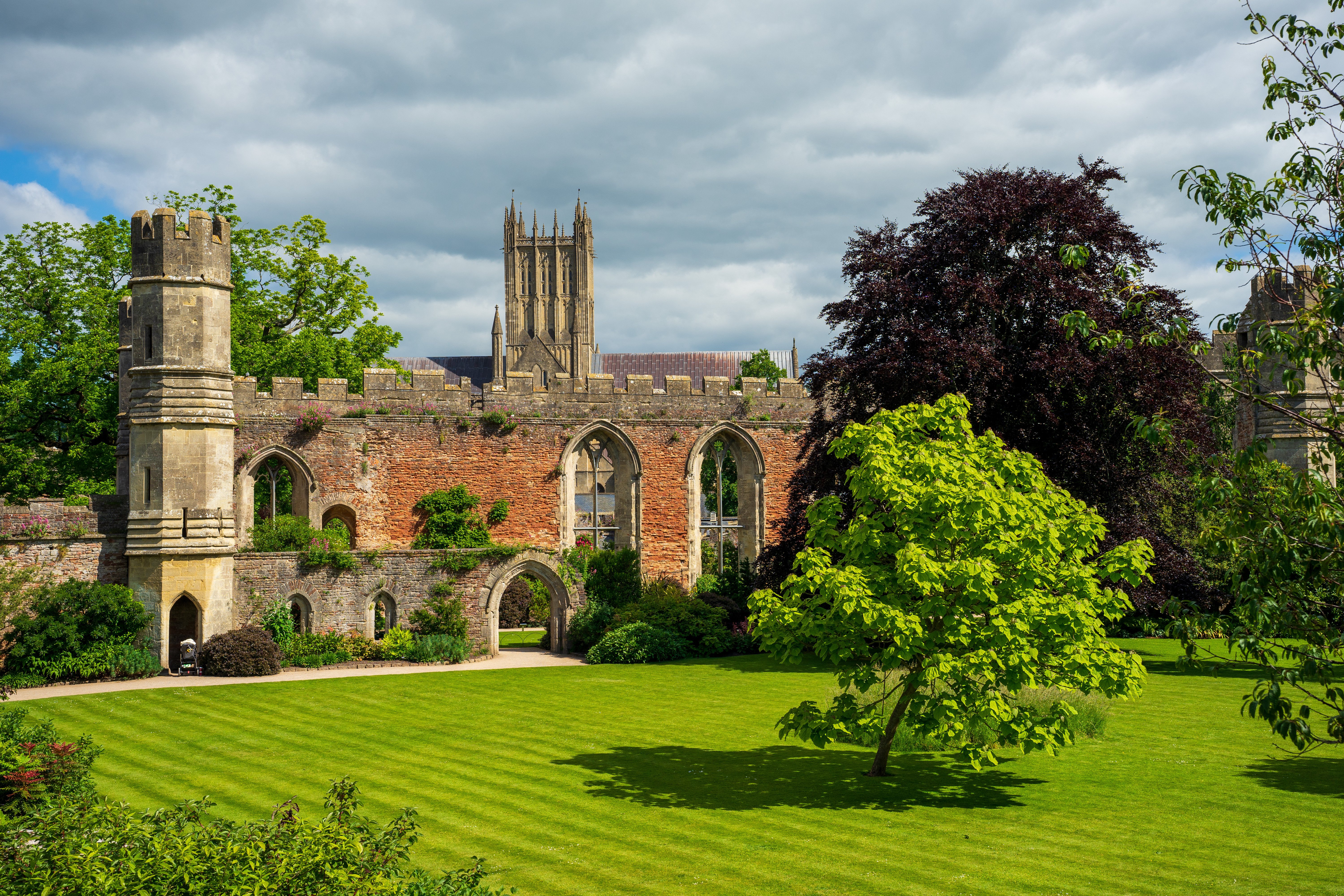
A common problem with fast lenses at their widest aperture is that they can be prone to axial color fringing, also known as ‘bokeh fringing’. This can show up around high-contrast transitions anywhere in the frame. The Sigma does brilliantly well to make this absolutely negligible. Bokeh itself is not only beautifully smooth but remains of excellent quality when stopping down a little, helped by a really well-rounded 11-blade aperture diaphragm.

Although the zoom range certainly isn’t extensive, the versatility of the lens is enhanced by a short minimum focus distance of 0.3m which, like the aperture rating, remains constant throughout the zoom range. This makes close-up photography a breeze and enables a useful maximum magnification ratio of 0.25x at the longest zoom setting.

Shooting against the light, ghosting, and flare is kept to a minimum but the combination of both Nano Porous Coating and Super Multi-Layer Coating, as well as a highly efficient petal-shaped hood.
Sigma 28-45mm F1.8 DG DN Art: Sample Images
The following gallery of images was taken with a Sony A7 II body at a range of apertures, including several shots at f/1.8 to demonstrate sharpness and bokeh when shooting wide-open. All of the interior and exterior shots were taken at the Bishop’s Palace & Garden in the Somerset city of Wells in the UK. For lab tests, we used the lens with a Sony A7R III camera body.




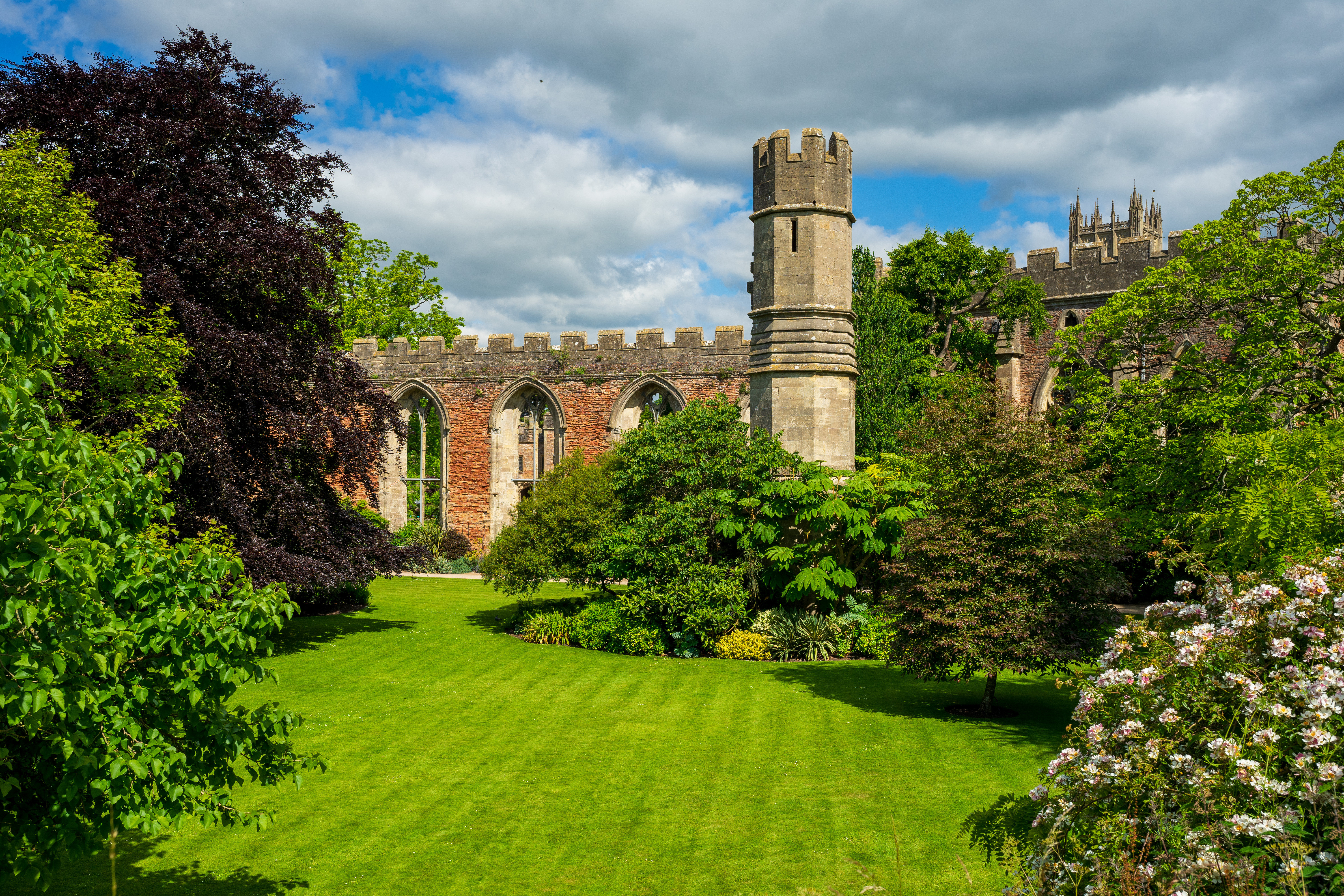




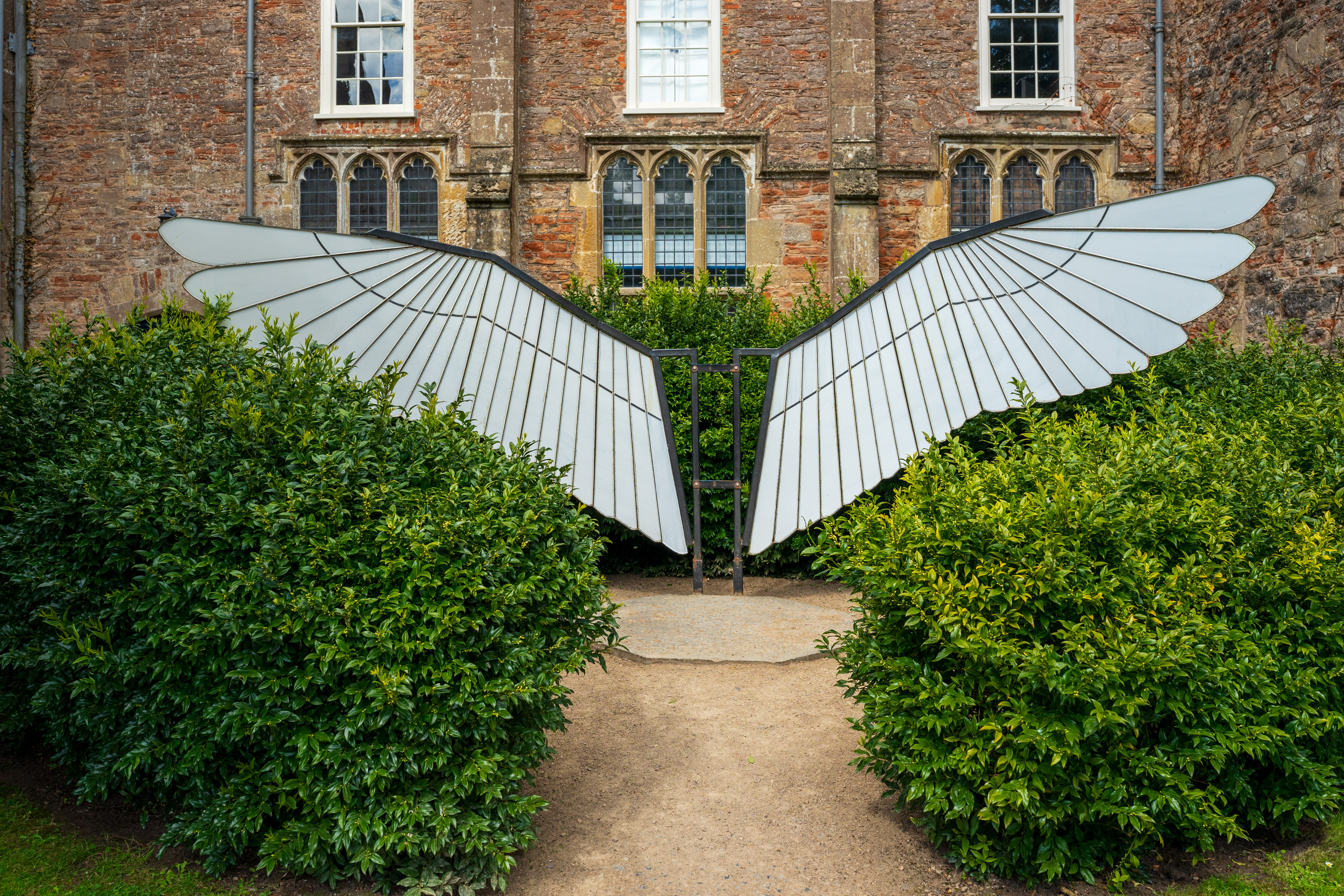






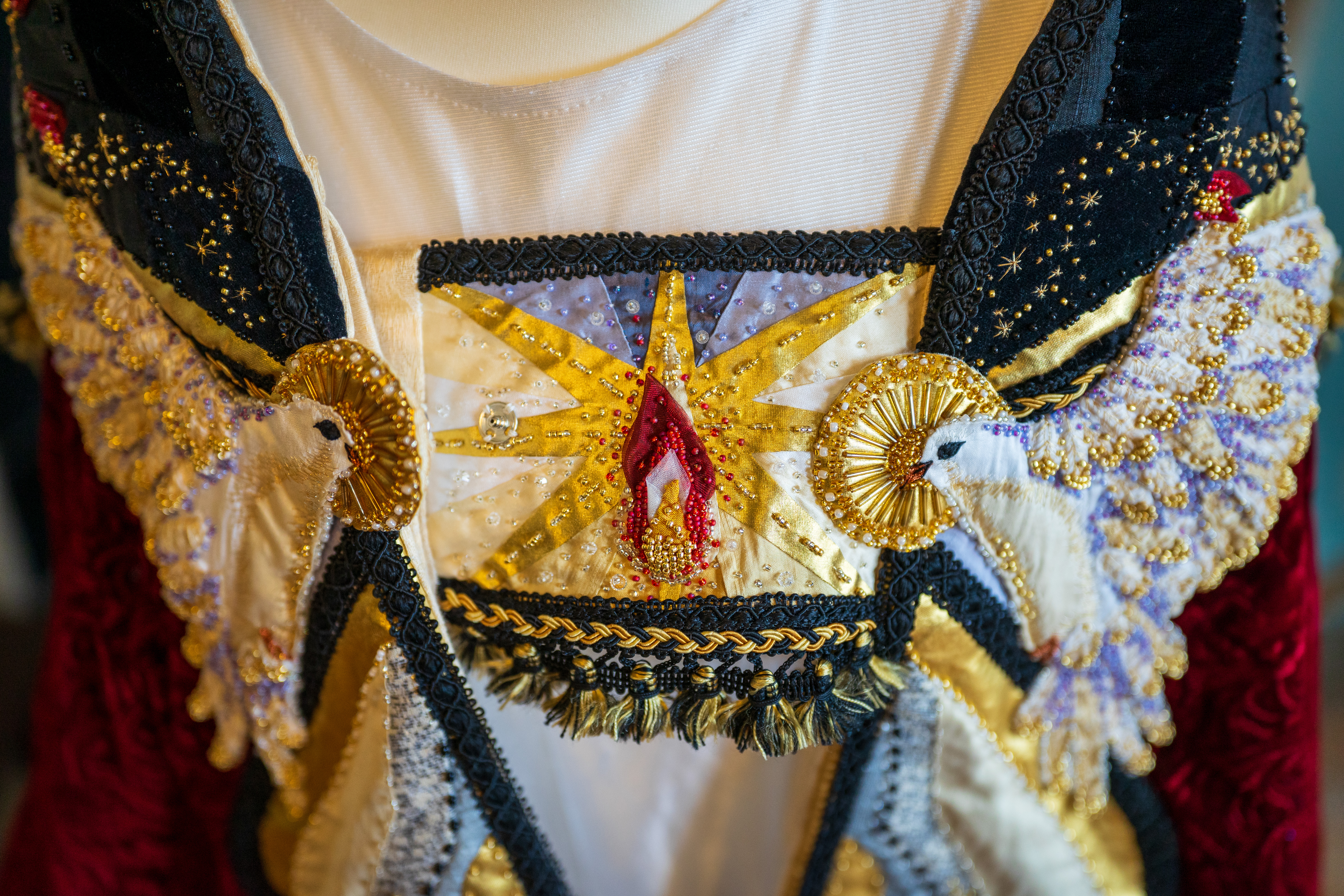
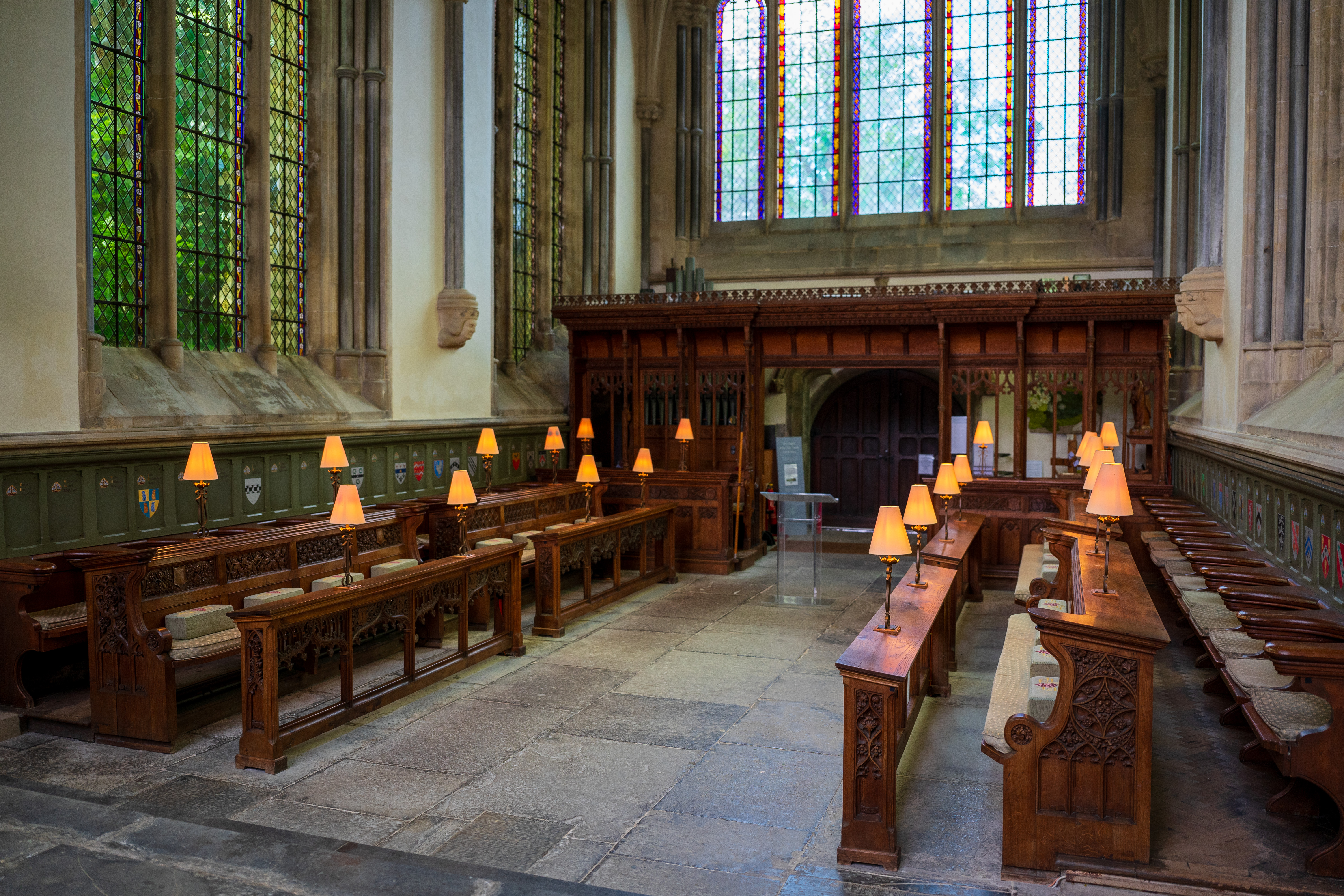

Sigma 28-45mm F1.8 DG DN Art: Lab Results
We run a range of lab tests under controlled conditions, using the Imatest Master testing suite. Photos of test charts are taken across the range of apertures and zooms (where available), then analyzed for sharpness, distortion and chromatic aberrations.
We use Imatest SFR (spatial frequency response) charts and analysis software to plot lens resolution at the center of the image frame, corners and mid-point distances, across the range of aperture settings and, with zoom lenses, at four different focal lengths. The tests also measure distortion and color fringing (chromatic aberration).
Sharpness:
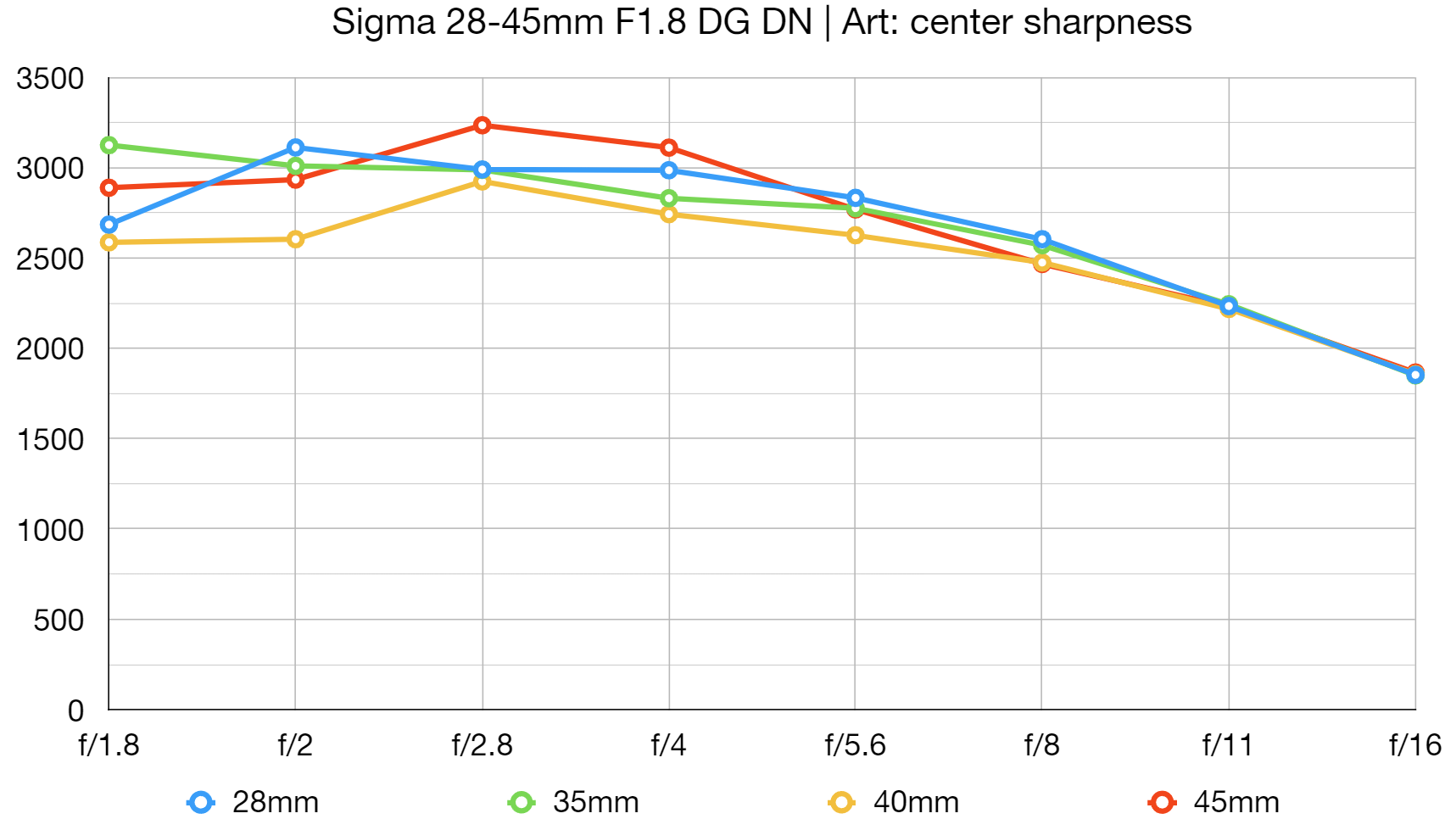

Even shooting wide-open at f/1.8, levels of sharpness are excellent from the center of the frame right out to the extreme edges and corners. They genuinely match what we might expect from a set of prime lenses, throughout the entire zoom range. At some focal lengths, stopping down to medium apertures gives edge-sharpness that matches a number of top-quality lenses at the center of the image frame.
Fringing:
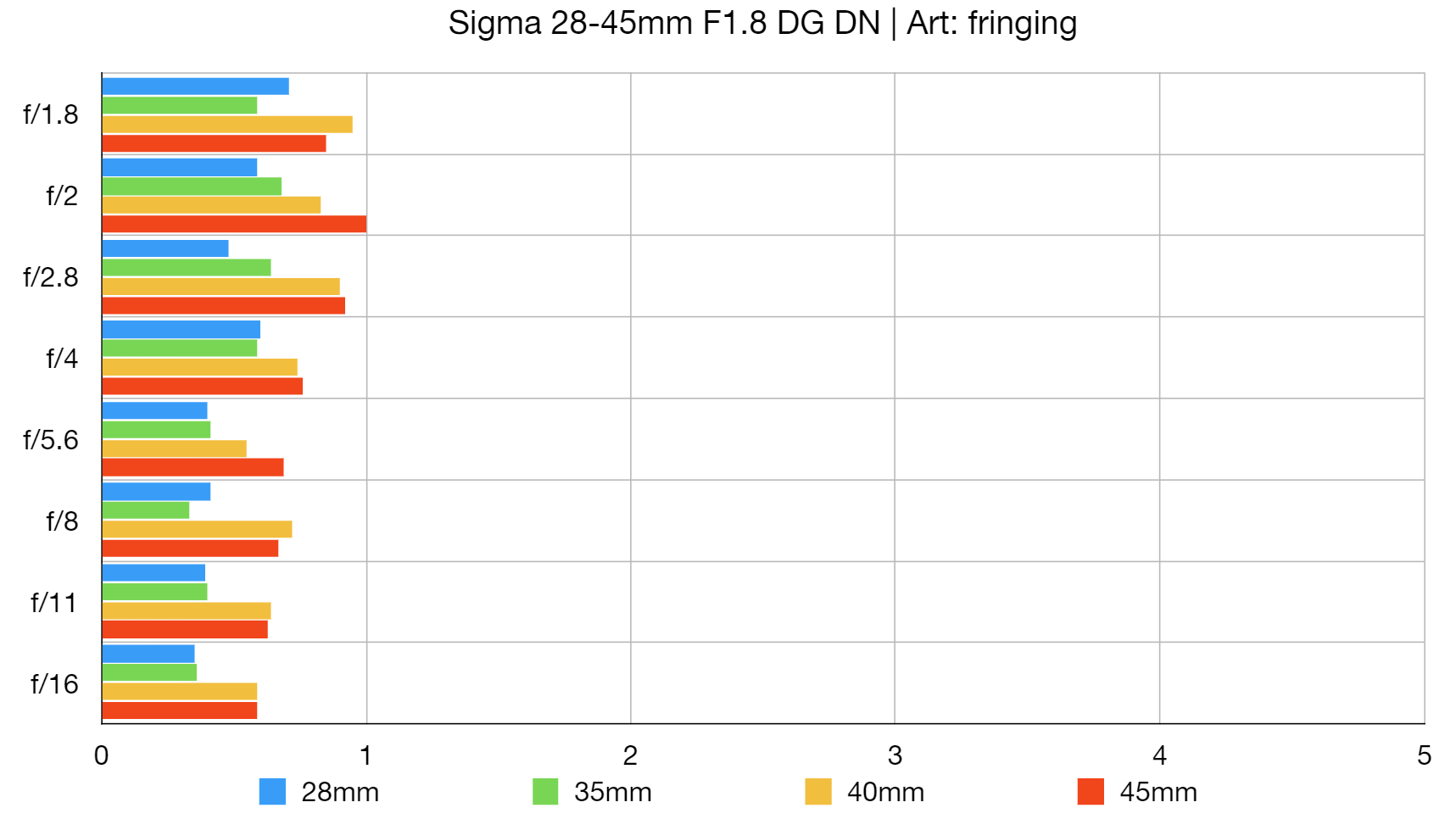
The lens exhibits superb control over both lateral and axial chromatic aberrations, the latter often being referred to as ‘bokeh fringing’. Color fringing is negligible at all combinations of zoom and aperture settings.
Distortion:
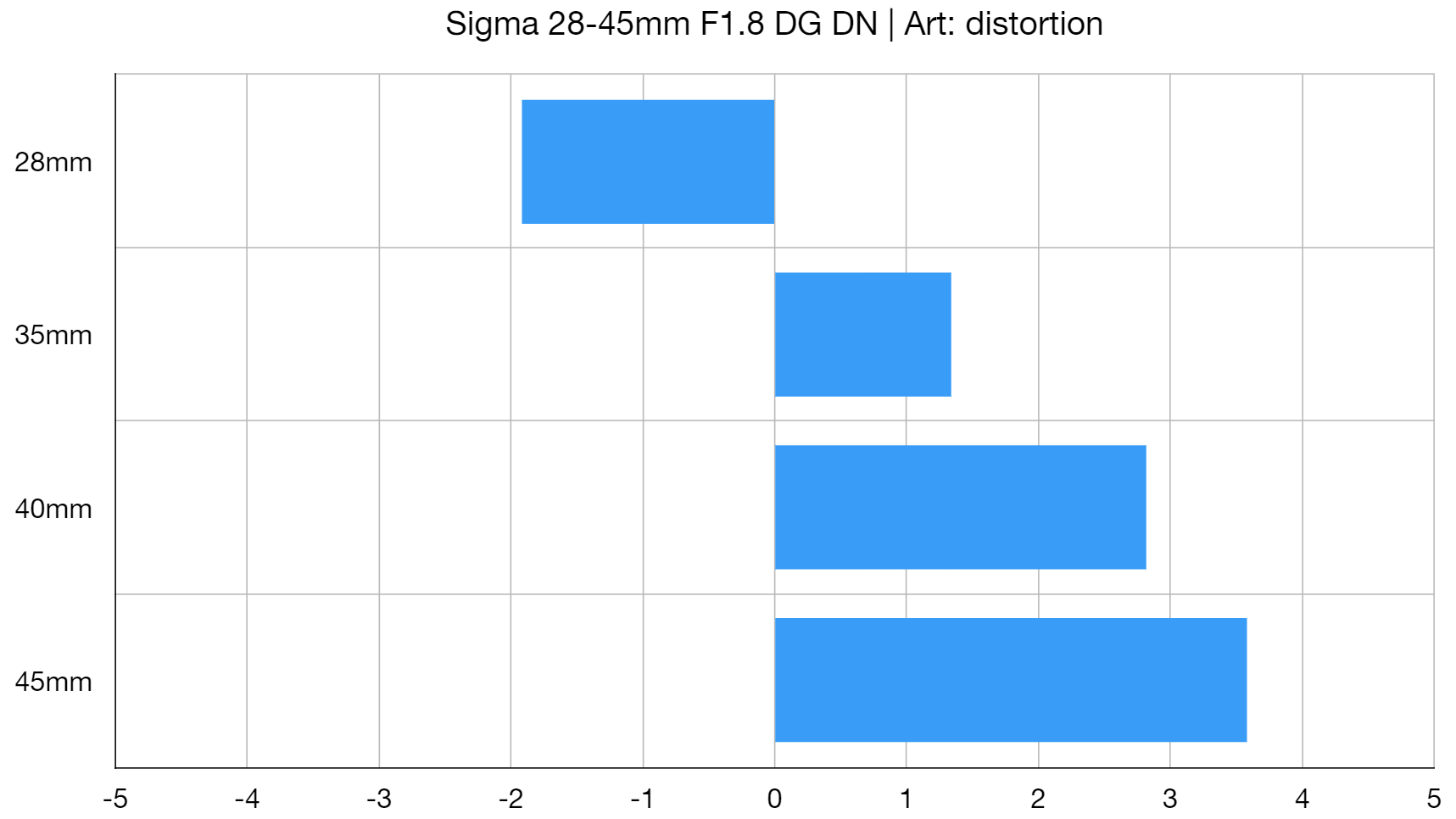
Barrel distortion can be a little noticeable at 28mm, while pincushion distortion gets progressively worse through the 35mm to 45mm sector of the zoom range. Even so, the amounts of distortion are much less than with many recent lenses designed for mirrorless cameras, which rely entirely on automatic in-camera correction.
Sigma 28-45mm F1.8 DG DN Art: Verdict
Like many photographers, I feel that f/2.8 isn’t really a ‘fast’ aperture. I love that this Sigma has a truly bright aperture of f/1.8, delivered at all zoom settings. Sure, the actual zoom range of 28-45mm can feel a little limiting compared with, say, a 24-70mm f/2.8 lens, but it’s a sacrifice I’m happy to make – even more so as the actual image quality produced by this lens is so absolutely fabulous. It really is like having three great-quality prime lenses in one zoom package and I love being able to switch between popular wide-angle and standard focal lengths in the blink of an eye, rather than having to continually change the lens on my camera. This Sigma is a real winner as far as I’m concerned, and great value at the price.
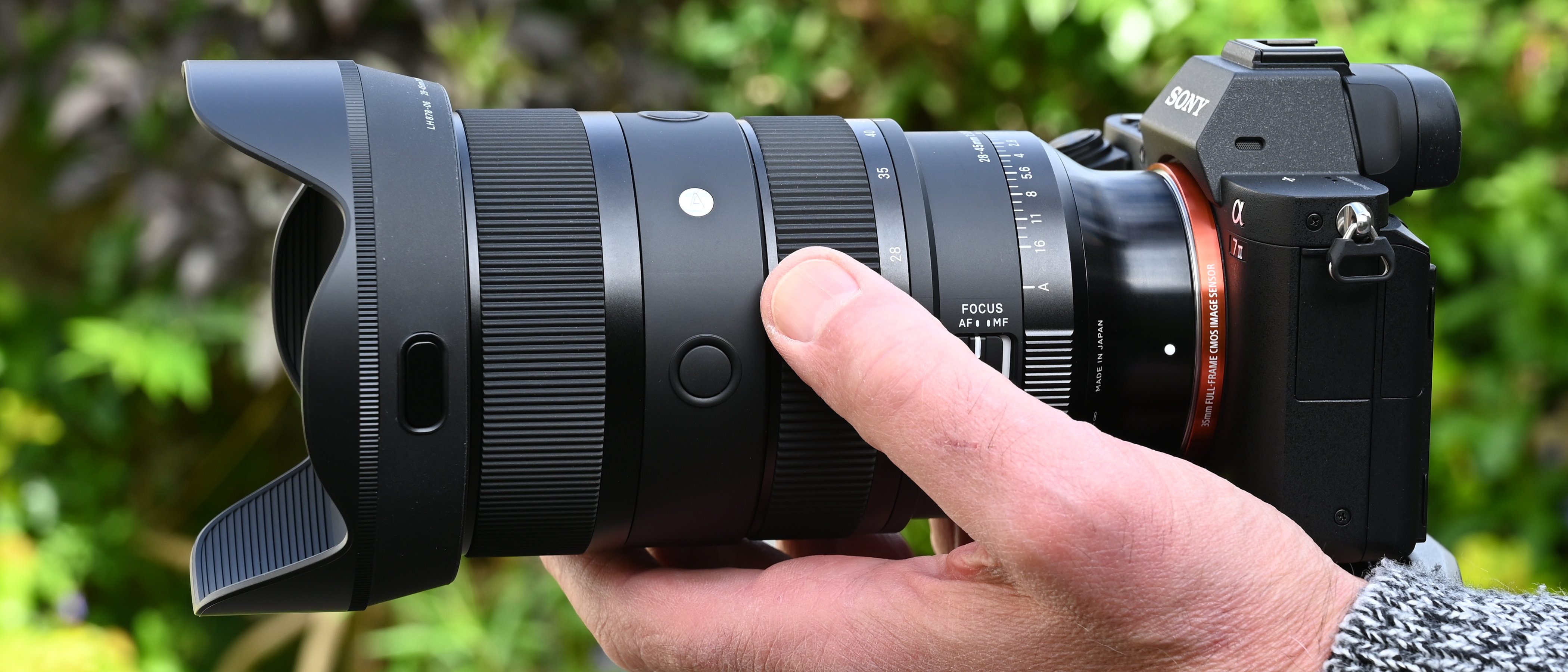
Should you buy the Sigma 28-45mm F1.8 DG DN Art?
✅ Buy this...
- You want a faster aperture than a typical 24-70mm f/2.8 ‘trinity’ standard zoom lens can deliver.
- You’re happy with a zoom range that extends from a fairly modest wide-angle 28mm to a standard 45mm focal length.
🚫 Don't buy this...
- You’d rather have the versatility of a more generous zoom range, stretching from a wider viewing angle to short telephoto reach.
- You’d like a ‘standard’ zoom that is more compact and lightweight, so it’s easier to manage for walkabout and travel photography.
!["[T]he First and Fifth Amendments Require ICE to Provide Information About the Whereabouts of a Detained Person"](https://images.inkl.com/s3/publisher/cover/212/reason-cover.png?w=600)






